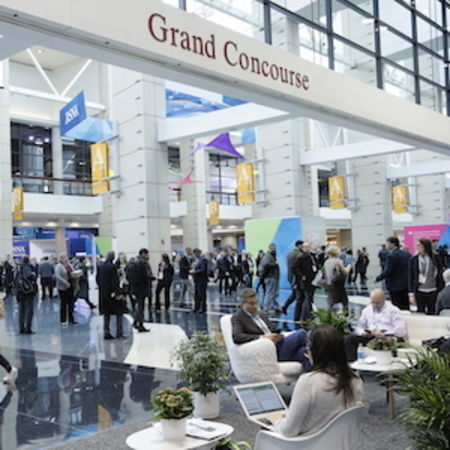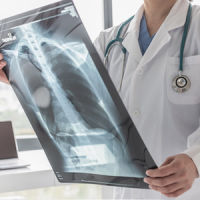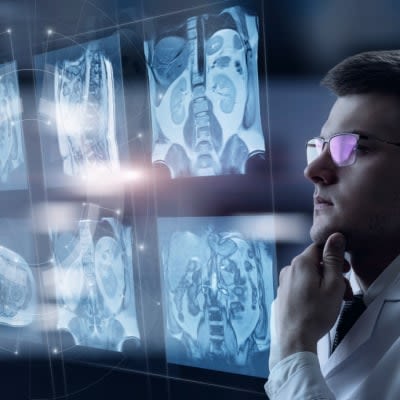Valerie P. Jackson, president of the Radiological Society of North America (RSNA), highlighted future trends in the imaging landscape as the 105th Scientific assembly and Annual Meeting opened in Chicago on Sunday.
HealthManagement.org is tweeting live from the congress which runs for six days until December 6 and comprises educational programmes for radiologists, radiation oncologists, physicists in medicine, radiologic technologists and allied healthcare professionals.
Jackson pointed out discussions in recent years on the benefits of direct radiologist-patient interaction and the wider context in which this trend is developing. This includes the issue of physician burnout, the need for more human connection to patients to counteract stress, value-based care, team-based delivery models and the rise of AI.
You might also like: Leading Breast Radiologist Wins 2019 RSNA Accolade
Jackson referred to challenges to this orientation towards the patient such as
high-case volumes to the Relative Value Unit based compensation system (RVU) which reduces the incentive for more patient contact. Against this background, she emphasised the need to reimagine new ways for patients, radiologists and referring physicians to work together.
Jackson’s President's Address was followed by best-selling author Abraham Verghese, who reminded the audience of the importance of quality time spent with patients.
The opening session also focused on the achievements of radiologists who have demonstrated significant contributions and commitment radiologic education and research. During Sunday’s opening session, Jackson presented the Society's Outstanding Researcher Award to Elizabeth A. Krupinski, and the Outstanding Educator Award to Jocelyn D. Chertoff.
The RSNA meeting features plenary sessions and lectures on patient interaction, imaging and amyotrophic lateral sclerosis, neuroimaging and genetics, integrated diagnostics, radio-patho-genomics and next-generation technologies for precision health.
This year’s meeting also features a newly expanded Artificial Intelligence (AI) Hub as the technology becomes increasingly embedded in imaging processes.
The virtual meeting for delegates attending remotely is also increasing with RSNA 2019 boasting more than 400 live-streamed sessions.
The meeting features 1,662 scientific papers in 16 subspecialties: breast; cardiac; chest; emergency radiology; gastrointestinal; genitourinary; health services, policy and research; informatics; molecular imaging; musculoskeletal; neuroradiology; nuclear medicine; pediatric; physics; radiation oncology and radiobiology; and vascular and interventional
Industry is being represented through, 701 technical exhibits will cover 441,800 square feet and there will be 133 first-time exhibitors at the event.
More details on speakers and award honourees are here.
Source: Radiological Society of North America
Image
credit: Radiological Society of North America



























